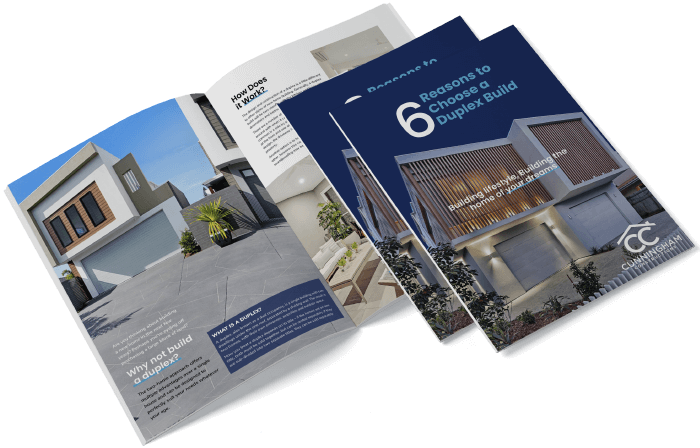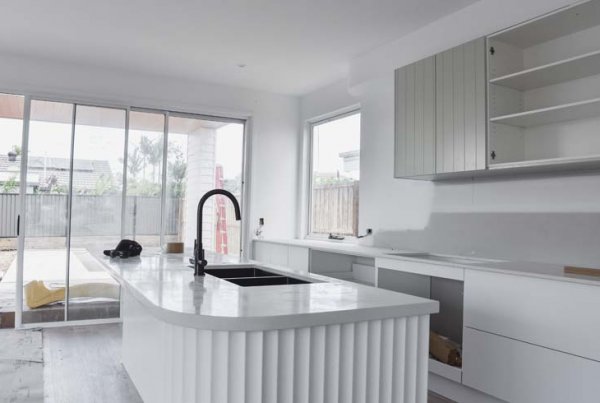As the wider building industry looks for more sustainable methods of construction and living, solar power continues to be a popular option for those looking to harness our natural sunshine.
The technology allows homeowners to convert Australia’s rays into energy, reducing their carbon footprint and household bills along the way.
However, despite existing for a number of years, solar power continues to be an expensive option for many homeowners, due to its complexity to initially install and run. It requires a large upfront cost that many will not see return on for years. With this in mind, it’s worth assessing the benefits and challenges of a system like solar power, analysing all the factors to ensure your end decision is the right one.
Benefits
The most obvious positive to solar power is the impact it has on the environment. As a renewable energy source, it is a sustainable option for those looking to reduce their home’s carbon footprint. By capturing a free resource and converting it into power, solar can also reduce, and eventually eliminate, your energy bills.
Solar panels also generally have low maintenance costs, with minimal cleaning required.
Challenges
Solar power technology is still not widely available, making it a costly endeavour for any homeowner. Upfront costs include the panels, inverter, batteries, wiring and installation. Solar energy storage can also be expensive, as the surplus power is stored in large batteries, which need to be installed and maintained.
If you choose not to go down the storage route, then you will only be powering your home using solar during daylight hours, as solar needs to be used straight away.
Another challenge is establishing if your home or block of land is the best environment for solar – does it have roof space or an area that isn’t shaded by trees, buildings or other structures? Do you want to use this space for the technology? If not, it may be best to reconsider, as you won’t receive the full benefit.
Other things to consider
If solar power isn’t an option right now, there are other things to consider in your home design to increase your sustainability efforts. Consider installing ‘green’ appliances that use energy efficiently, or designing your home to create cross-ventilation. An emphasis on natural light will also reduce the need for artificial options, while choosing materials that preserve heat can help reduce heating outlay. Even smaller choices, like energy-efficient lighting, can help reduce your impact.
Should you wish to find out more about building sustainability, get in touch today! We can advise on next steps, ensuring that your home is as environmentally friendly as can be!







